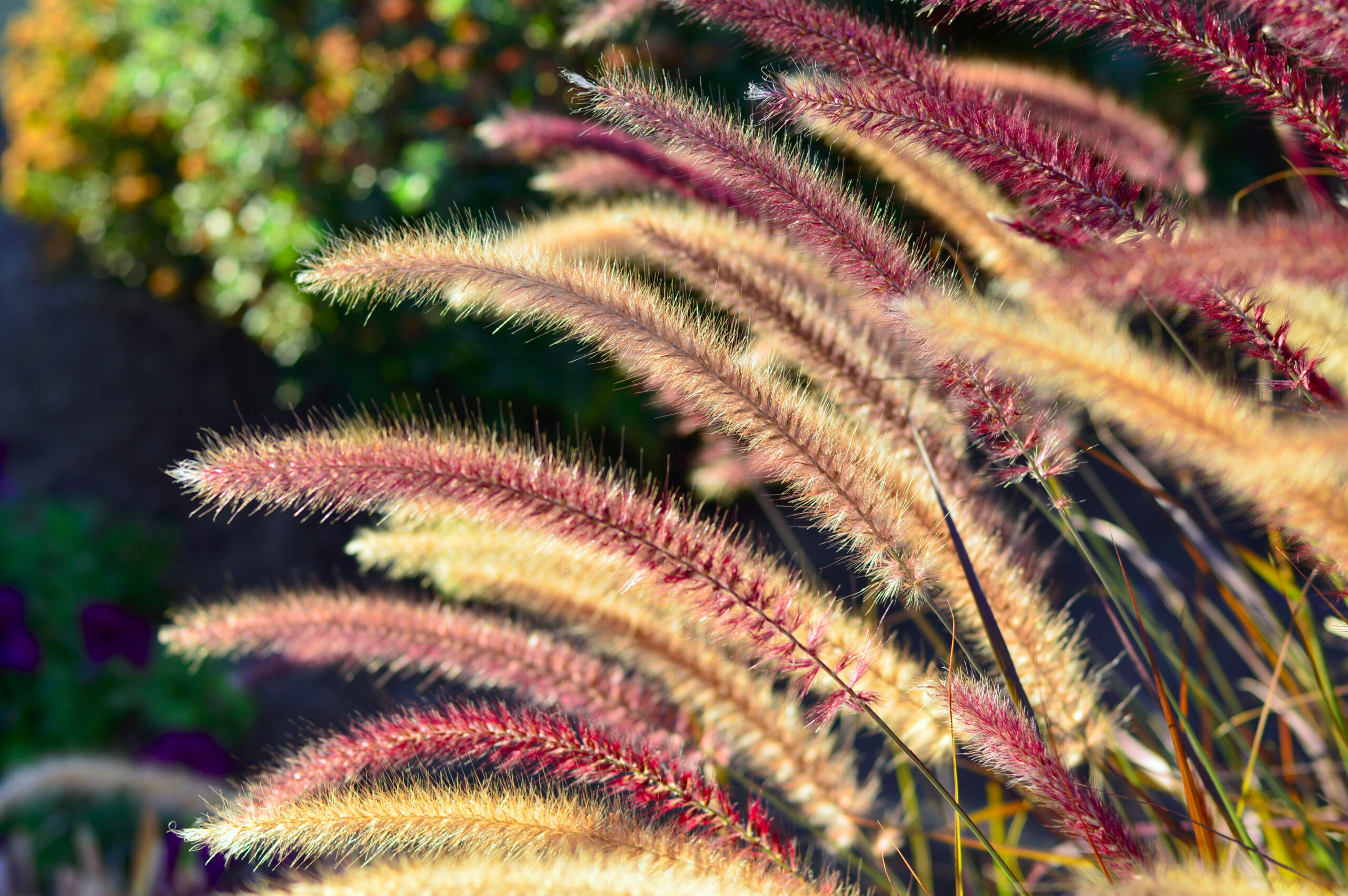
Fountain Set Up:
1. All fountains should be placed on a level surface to ensure proper water flow.
2. Prepare a site that has gravel, blue stone, asphalt, etc. as a base to maintain stability.
3. Check the pump before assembling the fountain by submerging it in a bucket of water and operating the pump.
4. Set up the fountain according to instructions using 100% clear silicone caulk or floral putty around the fountain’s rubber stopper or standpipe to prevent leaking.
5. Fill fountain with water and plug pump into a properly grounded 110 volt (AC only) GFCI protected receptacle.
6. Enjoy!
*Pumps must be submerged in water at all times while in use. Please make sure you keep an adequate water supply in your fountain at all times.
To prevent your pump from burning out, we recommend installing an outdoor timer to your outlet and shutting off your fountain while on vacations.
Some common reasons for water loss:
- Wind carrying the water spray
- Children splashing in the fountain
- Possible leak from the plug (this would most likely be immediate)
- Dehydration from hot summer days
Fountain Care:
1. Pump maintenance:
Keep pump inflow free of debris to insure proper water flow. Keeping your pump clean will help extend the life of your pump.
How often you will have to clear debris (leaves, grass clippings, etc.) will depend on the location you chose for your fountain. The cleaner you keep the water the cleaner your pump will be.
2. Water maintenance/cleaning:
To replace the water in your fountain for clarity you can siphon the water out or use a plastic bucket to remove the water. Refill with fresh water.
The fountain can be cleaned with mild soap and a soft bristle brush or sponge. DO NOT use bleach as this may affect the patina and may leave a residue that is harmful to birds and wildlife.
Winter Care:
All cast stone pieces that can hold water, snow or ice can crack during the freeze – thaw cycle of winter. We suggest fountain bowls not be left outside in the winter since there is no guarantee that damage will not occur even if you follow the steps below. If possible, store the empty fountain in a garage or barn during the winter.
If a fountain bowl/complete fountain must be stored outside we recommend the following procedure.
- Unplug fountain pump from electrical source.
- Clean fountain by wiping interior walls with sponge to remove any debris.
- Clean pump.
- Pump can remain in fountain with plug intact.
- Empty the water out of the fountain by siphoning or using a plastic bucket.
- Wipe excess water with towel.
- Air dry the fountain for approximately 4 days.
- Cover the fountain with a Campania fountain cover that is suited for your fountain or wrap in Tyvek or plastic. Periodically check the fountain to insure that the cover is secure and water is not accumulating in any fountain component. The cover should fit snuggly over the fountain. Extra rope or twine may be needed to secure a tight fit. Heavy winds or large accumulations of snow may cause the fountain cover to slip if not properly fitted.
We suggest any small finials or heavy top pieces be removed and brought inside for the winter. They also can be placed in the bowl of the fountain before covering for the winter.









